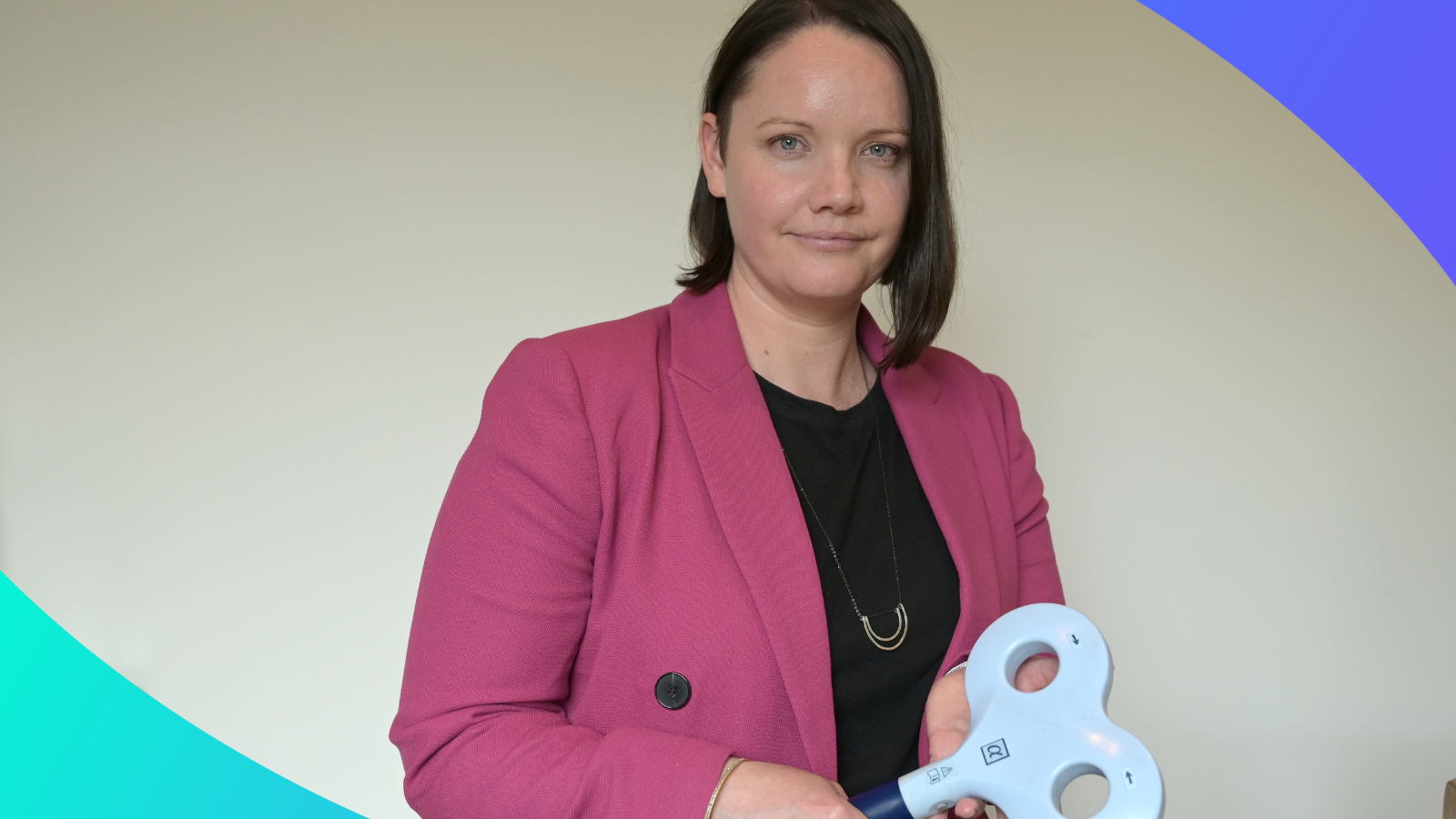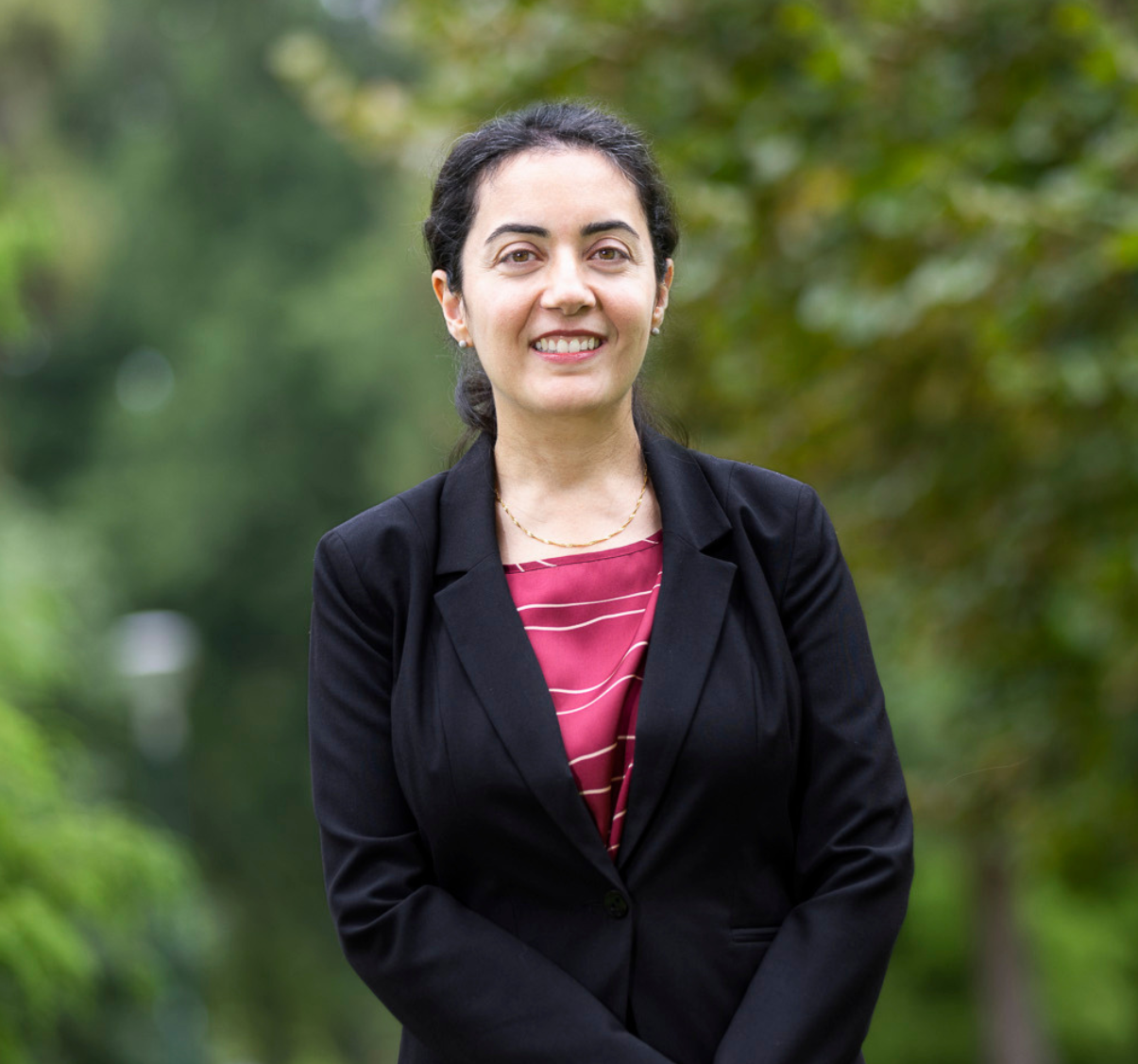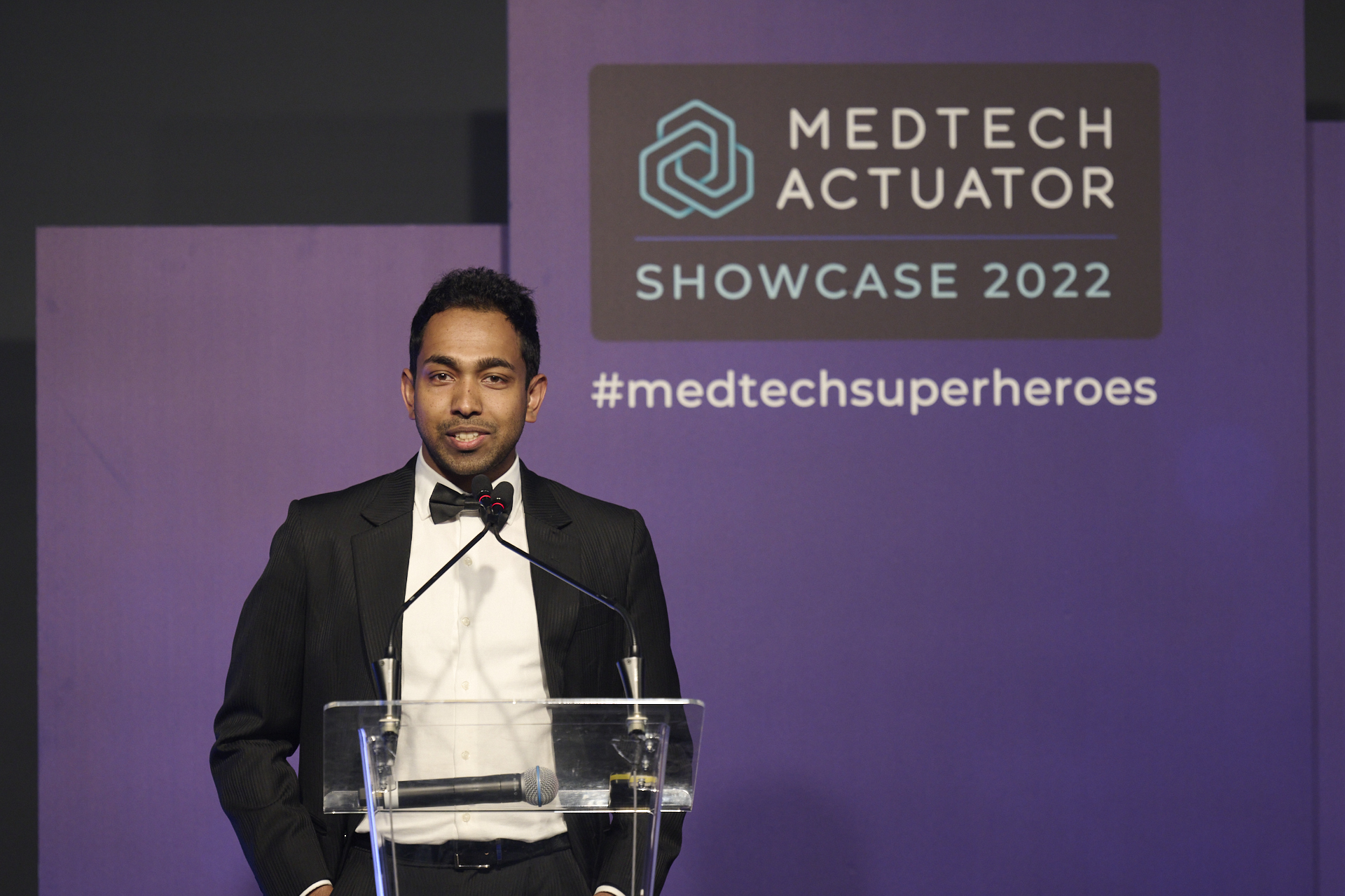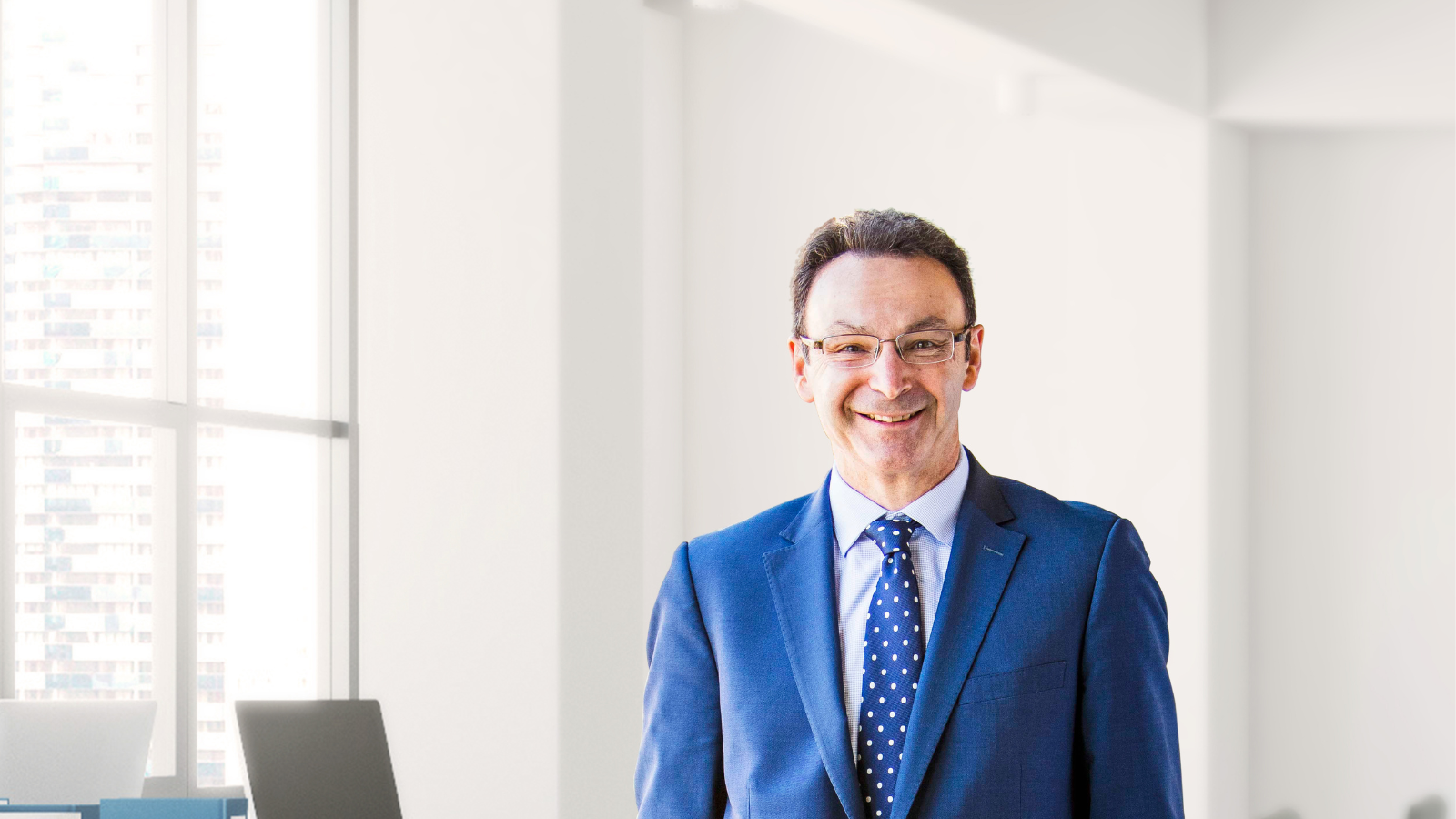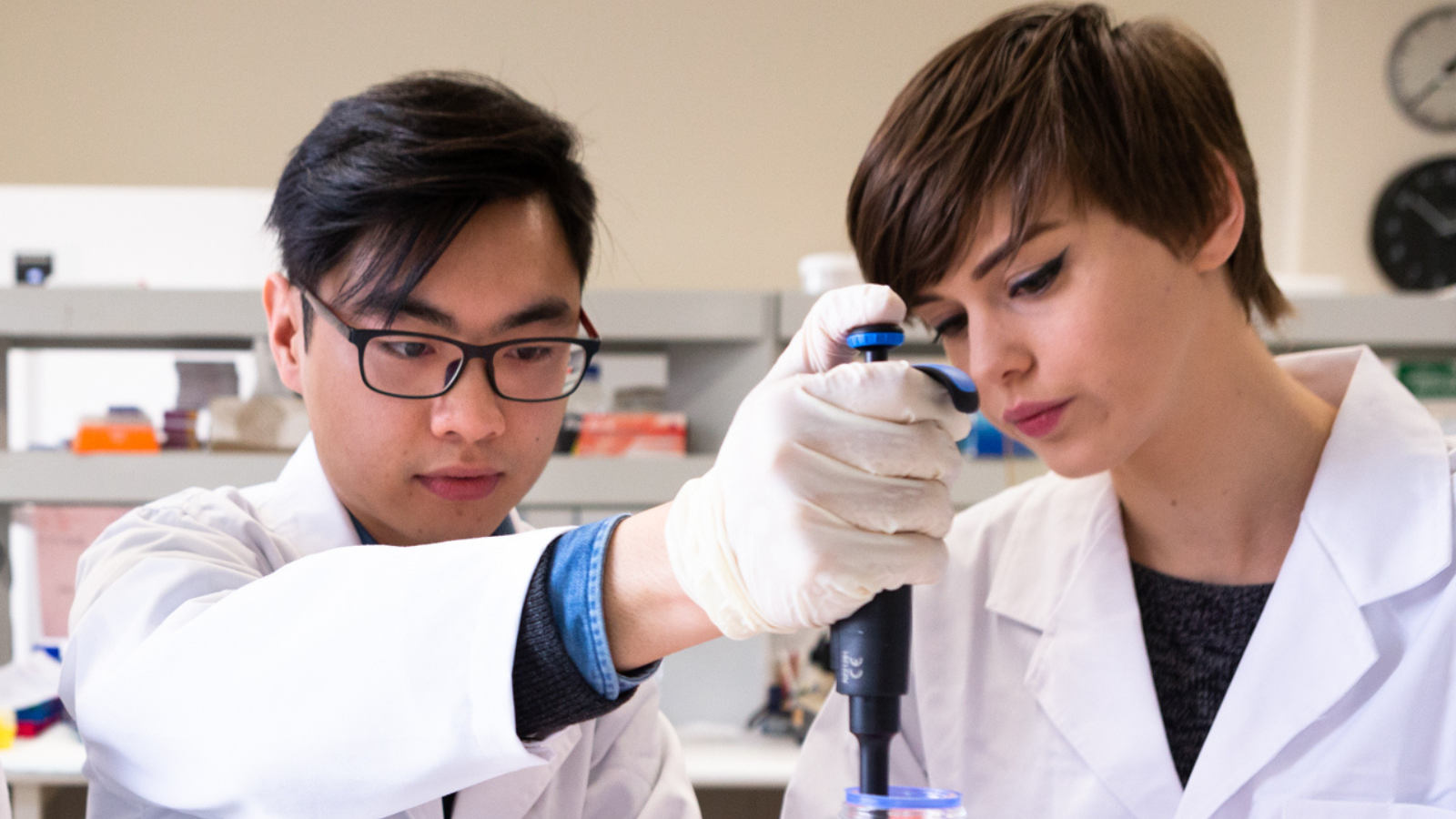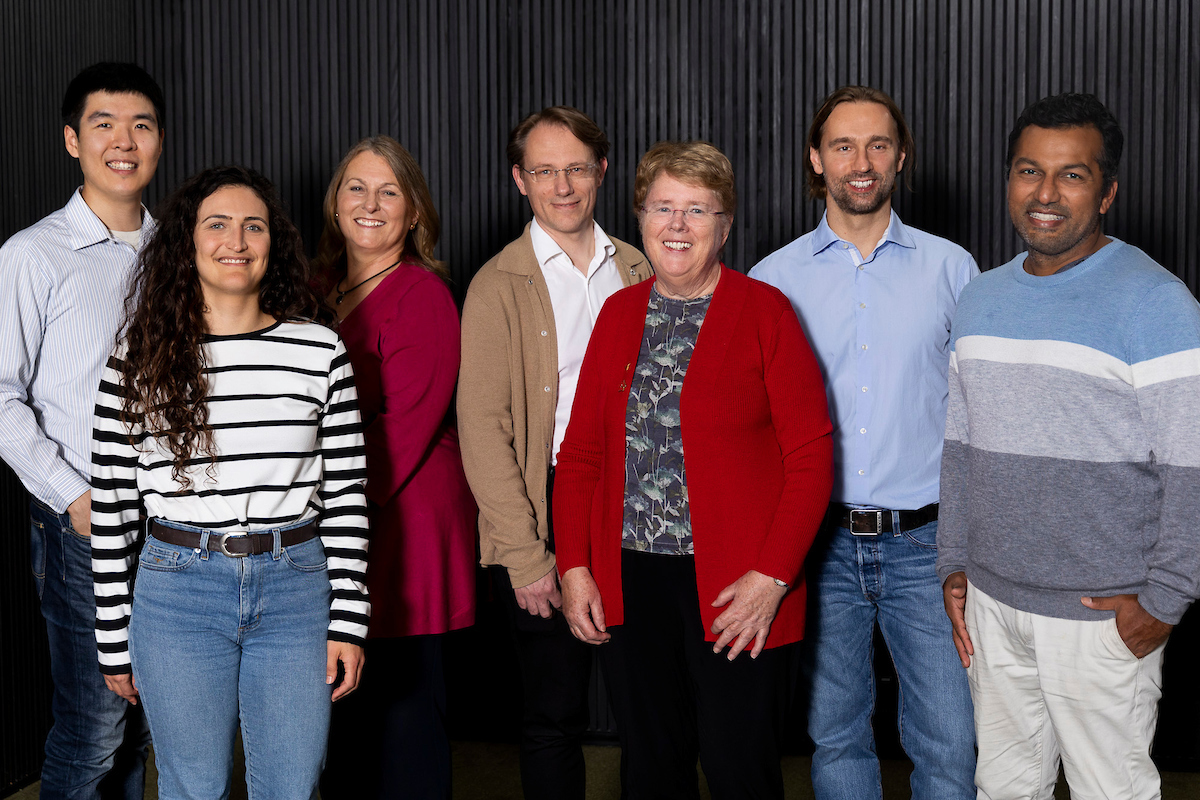Revolutionary alternative to the cochlear implant: the evolution of Hemideina
A new outside of the box innovation inspired by insects could provide a revolutionary alternative to contemporary cochlear implants and improve hearing outcomes in severe-to-profoundly deaf patients.
Dr Liz Williams and Dr Kate Lomas, founders of start-up company Hemideina have devised the Hera Implant System, which they say promises to create a “paradigm shift in the treatment of severe-to-profound hearing loss”.
The Idea
Dr Kate Lomas was a PhD student researching the hearing system of the Auckland weta (Hemideina throacica), an endemic insect to New Zealand that is closely related to crickets.
She made the discovery that the Auckland weta uses a unique hearing system that is rare in nature – only seen in whales previously.
Dr Lomas said: “That research led to the discovery of a new organ, a hearing organ within that system”.
Dr Kate Lomas and Dr Liz Williams hypothesised that the auditory system of the Auckland weta could form the blueprint for a new type of sound processor that could improve the sound quality of the cochlear implant.
“We decided to build a new type of cochlear implant from scratch and designed the whole thing,” said Dr Liz Williams.
“We saw the opportunity and realised we could do a lot of things with this cochlear implant design [that cannot be done with conventional devices] and thought we could preserve a lot of the richness of sound.”
We saw the opportunity and realised we could do a lot of things with this cochlear implant design [that cannot be done with conventional devices] and thought we could preserve a lot of the richness of sound Dr Liz Williams
The device
The Hera Implant System is a unique cordless sound processing device that will sit within the ear – as opposed to sitting outside the ear and attached via a magnet to the side of the head.
The proposed device will still have an internal electrode component that will be surgically implanted in a similar way to current cochlear implant technology.
The implanted electrode would receive electrical data signals from the device sitting in the ear and use the information to stimulate nerves in the cochlea, just as current cochlear implants do, but with the aim of greater sound quality and integrity.
“We see the three major areas that we can improve on the current cochlear implant,” said Dr Liz Williams.
“First is aesthetic, so that large external sound processor device is going to be miniaturised into a processor that fits in the ear which makes it a much more discrete treatment.
“We’re also going to improve ergonomics, to make it easier to use. It’s retained in the ear, so no need for accessories.
“Thirdly, is the hearing performance. We believe we can improve hearing in noise, in particular, and restore the emotion [of sound] and the ability to connect, to recognise different voices and appreciate music, everything that makes sound joyful. We want to bring that back.”
The journey
After Liz and Kate met at CSIRO, they knew they were onto something with the Hera Implant System and took the leap into commercialisation through the establishment of Hemideina.
They won an accelerator program called Med Tech’s Got Talent and were able to get seed funding from an investor with a personal connection to hearing loss.
But, they needed to make a decision, whether to commit to Hemideina full time or abandon the project.
Dr Kate Lomas made the decision to sell her house and live on the funds to make this device become a reality.
‘I think for me, the biggest hurdle is the groups of people that just say it can’t be done and try to stop you,” said Dr Kate Lomas
“I couldn’t really understand why the opposition was there because I think even if we fail, we’re still going to provide knowledge.
“I think we’re trying to get the message across that we’re not trying to say what was being done in the past is wrong. We’re just building on it. We’re just doing the next evolution.”
Dr Liz Williams noted that the female entrepreneurial journey has its own challenges but says its highly fulfilling, and the Company is backed by enthusiastic investors, clinicians and advisors who all want to make the device a reality.
“I think the journey is unique in that we are female in a very male dominated industry. It has its challenges and its benefits, and I think it’s great to see more championing of female founders, in particular.”
“There’s a lot of very quick learning on the way, but it’s also incredibly rewarding because everything you learn and every ounce of effort you put in, you can directly see the reward come out.”
Hemideina has grown from the two original co-founders to now having ten people in the company, with the aim of growing to 20-50 people in the company post their Series B capital raise, mid 2023. The Series B round aims to fund a First in Human trial of the device, as the team move towards their goal of market disruption.
Read more about the company here: https://hemideina.com/










